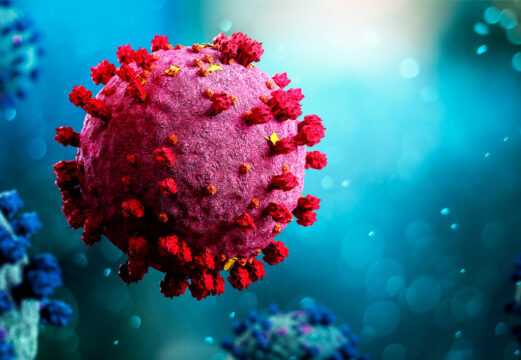After the acute phase of COVID-19 infection, we commonly observe persistent symptoms that can alter functionality and quality of life.

Persistent symptoms are those that continue at least 60 days after diagnosis or at least 30 days after recovery from the acute phase, or after discharge.
Many of the studies included in this review have shown that over 70% of patients requiring hospitalization had at least one persistent symptom after discharge. Among the most common persistent symptoms we found dyspnea (36%), fatigue (40%) and insomnia or sleeping disorders (29.4%).
Studies analyzed in this JAMA review were heterogeneous, which limits interpretation and comparison. Major differences were patient populations and definitions of time zero (diagnosis, symptom onset, hospital discharge, etc.).
Read also: Efficacy of the Sinopharm Vaccine Against COVID-19.
Evidently, in order to be able to analyze and describe persistent symptoms, we need followup time, something we do not have at present. Regardless study heterogeneity, we have been able to conclude persistent symptoms are quite frequent, even the rule.
nasserie-2021-oi-210337-1621437711-33721Original Title: Assessment of the Frequency and Variety of Persistent Symptoms Among Patients With COVID-19. A Systematic Review.
Reference: Tahmina Nasserie et al. JAMA Network Open. 2021;4(5):e2111417. doi:10.1001/jamanetworkopen.2021.11417.
Subscribe to our weekly newsletter
Get the latest scientific articles on interventional cardiology





